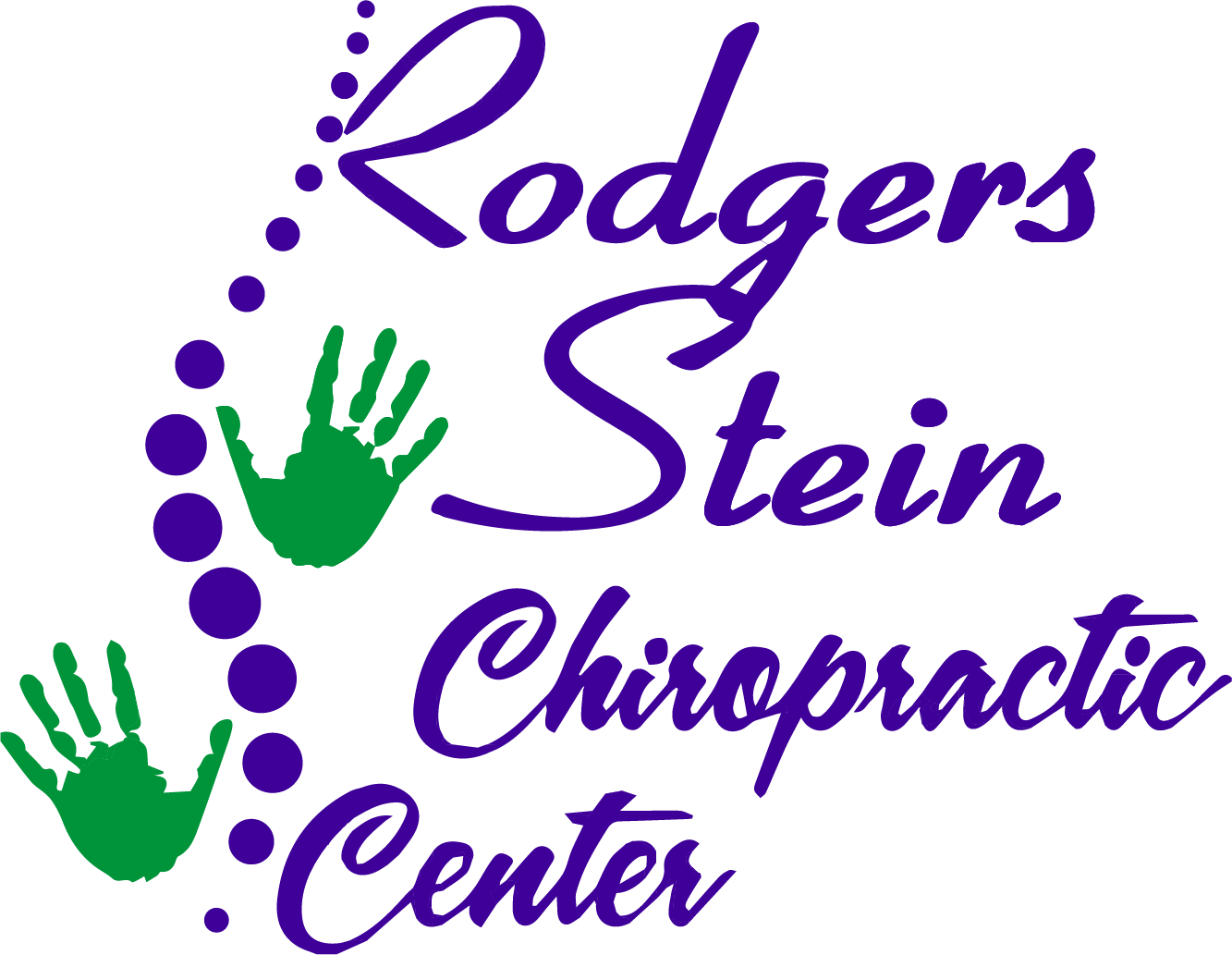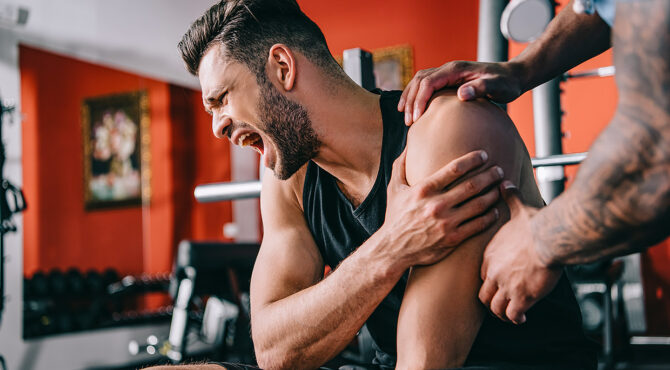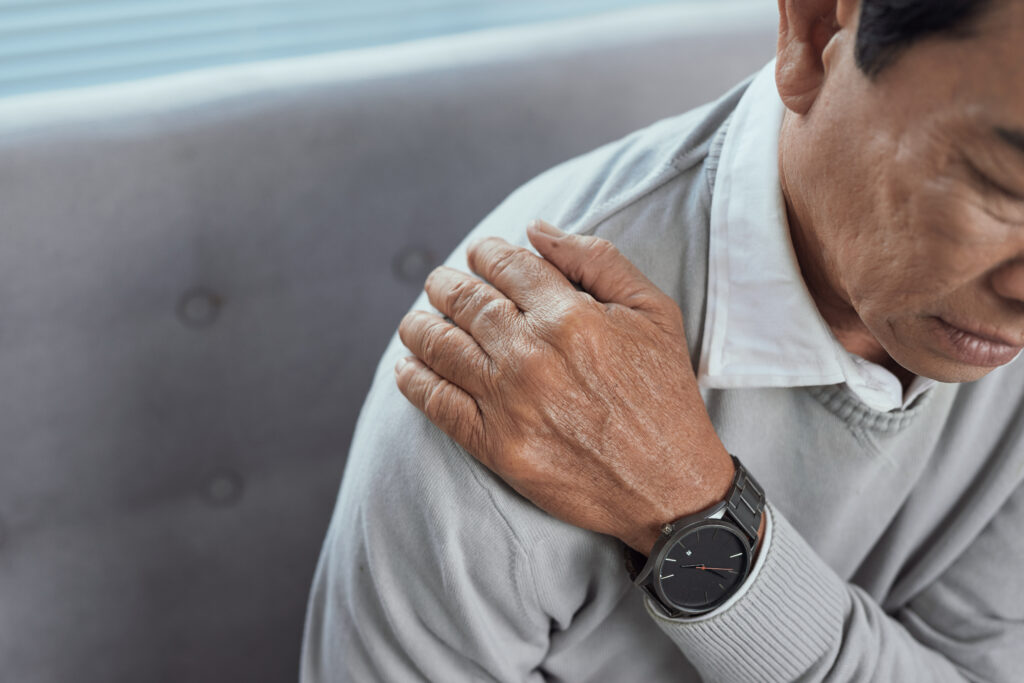You might not realize how much joint flexibility impacts your daily life, but it plays an essential role in your overall mobility and comfort. Therapy techniques like joint mobilization and Myofascial Release can greatly enhance your flexibility, reduce stiffness, and improve your performance in physical activities. Understanding the underlying causes of joint stiffness and how targeted approaches can help is vital. What you may find surprising is how simple adjustments to your routine can lead to remarkable improvements in your joint health and function. So, what strategies could you incorporate to achieve these benefits?
Understanding Joint Flexibility
Joint flexibility is vital for overall mobility and physical performance. When your joints can move freely through their full range of motion, you enhance your ability to perform daily tasks and engage in physical activities. Whether you're bending down to tie your shoes or reaching overhead to grab something, joint flexibility plays an important role.
Understanding joint flexibility involves recognizing the structures at play. Joints are where two or more bones meet, and they're surrounded by ligaments, tendons, and muscles that all contribute to your range of motion. The flexibility of your joints can be influenced by various factors, including the elasticity of the connective tissues and the overall strength of the muscles surrounding those joints.
You might notice that flexibility varies from one joint to another. For instance, your hips may be more flexible than your knees or shoulders. That's normal, and it's important to focus on improving flexibility in each area individually. Stretching exercises can help maintain and improve flexibility, allowing your joints to function effectively.
Additionally, it's important to incorporate a variety of movements into your routine. Dynamic actions, like lunges and twists, can promote flexibility while also preparing your body for more strenuous activities.
Causes of Joint Stiffness
Stiffness in your joints can stem from various factors, including age, injury, or underlying conditions. As you get older, the cartilage that cushions your joints naturally wears down, leading to reduced flexibility and increased stiffness.
You might notice that simple movements, like bending or twisting, become more challenging as time goes on.
Injuries also play a significant role in joint stiffness. If you've ever sprained an ankle or strained a knee, the healing process can result in inflammation and scar tissue formation.
This scar tissue can limit your range of motion, making your joints feel tight and less flexible. Even after the injury heals, you may experience lingering stiffness if you don't engage in rehabilitation or appropriate recovery exercises.
Underlying medical conditions can contribute to joint stiffness as well. Conditions like arthritis—whether osteoarthritis or rheumatoid arthritis—cause inflammation and pain in the joints, leading to stiffness that can vary throughout the day.
Additionally, autoimmune diseases and metabolic disorders can also affect joint health, causing further mobility issues.
Sedentary lifestyles are another culprit. If you spend long hours sitting or inactive, your joints can become stiff due to disuse.
Regular movement is essential to maintain joint flexibility, as it promotes circulation and helps keep the surrounding muscles and tissues strong.
Recognizing these causes is the first step toward addressing your joint stiffness and improving your overall mobility.
Benefits of Enhanced Flexibility
Enhancing flexibility can open up a world of benefits that improve your overall quality of life. When your joints and muscles are more flexible, you'll likely experience reduced pain and discomfort in your daily activities. You won't feel as stiff when bending down to pick something up or reaching overhead, making everyday tasks easier and more enjoyable.
Greater flexibility can also enhance your athletic performance. Whether you're running, swimming, or participating in team sports, increased flexibility allows for a wider range of motion. This can lead to improved speed, agility, and coordination, giving you a competitive edge. You might even find that your recovery time after workouts decreases, as your muscles and joints can adapt more efficiently to the stresses of physical activity.
Additionally, enhanced flexibility promotes better posture. When your muscles are balanced and pliable, you're less likely to slouch or develop musculoskeletal issues. Good posture can alleviate pressure on your spine and reduce strain, leading to fewer headaches and back pain.
Mental benefits shouldn't be overlooked either. Engaging in flexibility-enhancing activities often promotes relaxation and stress relief, which can improve your overall mental well-being. You might find that you sleep better, feel more energized, and experience heightened focus throughout the day.
Stretching Techniques for Flexibility
When it comes to improving flexibility, both dynamic and static stretching techniques play essential roles.
Dynamic stretching warms up your muscles and prepares them for activity, while static stretching helps maintain and improve flexibility over time.
Understanding how to effectively incorporate both into your routine can lead to significant gains in your joint flexibility.
Dynamic Stretching Benefits
Dynamic stretching offers a powerful way to boost your joint flexibility and prepare your body for physical activity. Unlike static stretches, dynamic stretches involve movement, which helps increase blood flow and warm up your muscles. This technique not only enhances flexibility but also improves overall performance.
Here are some key benefits you'll experience from incorporating dynamic stretching into your routine:
- Increased Range of Motion: You'll notice greater flexibility, allowing for improved movement efficiency in sports and daily activities.
- Enhanced Muscle Performance: Dynamic stretches activate your muscles, preparing them for the demands of physical activity and reducing the risk of injury.
- Improved Coordination: As you move through various dynamic stretches, you'll enhance your body awareness and coordination, which is essential for athletic performance.
- Boosted Energy Levels: Engaging in dynamic stretching can elevate your heart rate and energize your body, making you feel more alert and ready for your workout.
Incorporating dynamic stretching into your warm-up routine can make a significant difference in your flexibility and overall physical performance.
Start practicing these techniques today and feel the benefits firsthand!
Static Stretching Techniques
Static stretching is an essential component of any flexibility routine, offering benefits that complement dynamic stretching techniques. By holding a stretch for a specific duration, you allow your muscles to lengthen and relax, which can improve overall flexibility and reduce the risk of injury.
To get started, choose a comfortable position and focus on one muscle group at a time. For instance, to stretch your hamstrings, sit on the floor with your legs extended. Reach forward toward your toes and hold that position for 15 to 30 seconds, feeling the gentle pull.
Remember to breathe deeply as you hold the stretch; this helps promote relaxation and enhances the effectiveness of the stretch. It's important to avoid bouncing or forcing the stretch, as this can lead to strain. Instead, find a point where you feel tension but not pain.
As you practice regularly, you'll likely notice increased flexibility and mobility in your joints. Aim to incorporate static stretching into your routine at least three times a week for the best results. By doing so, you'll create a solid foundation for overall physical health and performance.
Manual Therapy Approaches
Manual therapy approaches play a crucial role in enhancing joint flexibility and overall mobility. These techniques focus on the manipulation of muscles and joints to relieve tension and improve range of motion. By engaging in manual therapy, you can experience notable benefits that contribute to your physical well-being.
Here are some key aspects of manual therapy you should consider:
- Joint Mobilization: This technique involves applying a specific force to a joint, allowing it to move more freely and reducing stiffness.
- Soft Tissue Manipulation: By targeting the muscles and connective tissues, this technique helps to alleviate pain and enhance flexibility.
- Postural Alignment: Manual therapy can correct imbalances in your posture, which often contributes to joint discomfort and limited mobility.
- Pain Reduction: Consistent manual therapy sessions can help lower pain levels, making it easier for you to engage in physical activities.
Incorporating manual therapy into your routine can notably improve your joint flexibility.
It's important to work with a qualified therapist who can tailor the approach to your specific needs. Regular sessions can lead to lasting changes in your mobility, making everyday activities more enjoyable and less painful.
Myofascial Release Explained
Myofascial release is a specialized technique that complements manual therapy approaches by focusing on the fascia, the connective tissue surrounding muscles and joints. This technique targets restrictions within the fascial system, which can contribute to pain and limited movement. By applying gentle, sustained pressure, you can encourage the fascia to release and restore its flexibility.
During a myofascial release session, you'll typically lie down while the therapist uses their hands to locate areas of tension. They'll apply gentle pressure to these areas, holding it for several minutes. You might feel a sensation of stretching or warmth as the tissue begins to relax.
It's crucial to communicate with your therapist about what you're experiencing, as they'll adjust their technique based on your feedback.
One of the key benefits of myofascial release is its ability to enhance your overall mobility. When the fascia is tight, it can restrict movement in your joints, leading to discomfort and stiffness. By alleviating these restrictions, you'll likely experience improved range of motion and reduced pain.
Additionally, myofascial release can promote better circulation and facilitate the healing of injuries. As the fascia becomes less tense, blood flow improves, supplying your muscles and joints with vital nutrients and oxygen.
This technique is suitable for various conditions, including chronic pain, sports injuries, and post-surgery rehabilitation. By incorporating myofascial release into your therapy routine, you'll be taking a significant step toward achieving greater joint flexibility and overall well-being.
Proprioceptive Neuromuscular Facilitation
Releasing your body's potential for movement can be achieved through Proprioceptive Neuromuscular Facilitation (PNF), a technique that enhances flexibility and strength. PNF is a form of stretching that involves both stretching and contracting the targeted muscle group. This method not only improves flexibility but also boosts muscular control, which is essential for overall movement efficiency.
Here's what makes PNF effective:
- Increased Range of Motion: By combining stretching with muscle contractions, you can greatly improve your joint flexibility.
- Enhanced Muscle Activation: PNF encourages better neuromuscular connections, helping your muscles respond more effectively during activities.
- Customizable Techniques: You can adapt PNF stretches to suit your individual needs, making it versatile for various fitness levels.
- Improved Recovery: This technique can facilitate quicker recovery from intense workouts, reducing muscle soreness.
To practice PNF, you'll typically work with a partner who assists in the stretching process. The process usually consists of three phases: a passive stretch, an isometric contraction against resistance, and a final passive stretch.
This cycle helps your muscles relax and lengthen more effectively. Incorporating PNF into your routine can yield quick results, making it an excellent choice for athletes and fitness enthusiasts alike. By embracing PNF, you're not just stretching; you're actively engaging your muscles to reveal your body's full movement potential.
Developing a Flexibility Routine
When it comes to developing a flexibility routine, consistency is key. To start, set aside a specific time each day or several times a week dedicated to your flexibility training. Whether it's in the morning, during lunch, or before bed, find a time that fits seamlessly into your schedule.
Next, choose a variety of stretches that target all major muscle groups. Focus on areas that feel tight or limited in movement, and consider incorporating dynamic stretches before your workouts and static stretches afterward. This combination can help improve your overall flexibility while preventing injury.
Start slow and gradually increase the intensity and duration of your stretches. Hold each static stretch for about 15 to 30 seconds, and aim for two to three sets per muscle group. Remember to breathe deeply; this helps relax your muscles and enhances the effectiveness of your routine.
To keep things interesting, mix up your routine. Try yoga or Pilates classes, or use online videos to explore new stretching techniques. This can prevent boredom and keep you motivated.
Finally, listen to your body. If you feel pain, ease off and allow yourself to recover. Flexibility takes time to develop, so be patient and celebrate your progress along the way. By maintaining a consistent and mindful approach, you'll soon notice improvements in your joint flexibility and overall mobility.
Conclusion
Improving your joint flexibility through therapy techniques can greatly enhance your daily comfort and performance. By understanding the causes of stiffness and incorporating targeted methods like Myofascial Release and PNF, you can develop a personalized flexibility routine. Regular sessions not only alleviate tension but also address postural imbalances, promoting overall joint health. Commit to these practices, and you'll notice greater mobility, reduced discomfort, and a more active lifestyle in no time. So, let's get started on your journey to flexibility!



